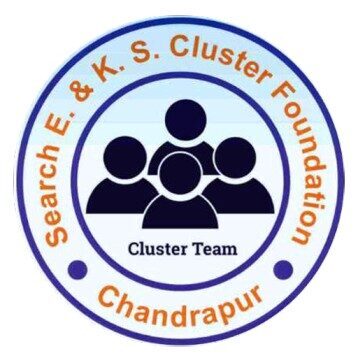SEARCH EMBROIDERY AND KANTHA STITCHING CLUSTER FOUNDATION
Our Project
our project is embroidery and stitching cluster situated at chandrapur Maharashtra and will be implemented by revised guidelines for scheme of fund for regeneration of traditional industries (SFURTI)
Revised Guidelines for Scheme of Fund for Regeneration of Traditional Industries (SFURTI) (as approved on 2.3.2020)

1. Infrastructure Support, and Promotion of Industries and Rural Enterprises (INSPIRE)
1.1 ) Industries / Artisans require quality infrastructure support to meet Customer expectation, survival in competitive market and to be ready for export by absorbing technology balance. The fragmented approach of infrastructure creation for artisans and enterprises has not been very conducive for promoting entrepreneurship and bringing market fit product from existing enterprises. After due consultations with stakeholders, State Governments and as a part of ease of doing business, making scheme simpler, deliverable, transparent, monitorable C3T compliant, the exist convergence and simplified to bring clarity of goals and role.
1.2 ) The schemes therefore will support MSMES in provisioning of Infrastructure for their development through following 2 components: a) Scheme of Funds for Regeneration of Traditional Industries (SFURTI). b) Micro and Small Enterprises-Cluster Development Programme (MSE- CDP).
1.3 ) These components are having objective of providing infrastructure facilities for growth of MSMES. 1.4) Traditional industries have been broadly categorized as under: |) Khadi Industries; II. Village Industries; and |||) Coir Industries. Details are at Annexure-1

2. OBJECTIVES of Sfurti SCHEME
3. PROJECT INTERVENTIONS
i. General awareness, counselling, motivation and trust building;
3.2 Hard Interventions
3.3 Thematic interventions

